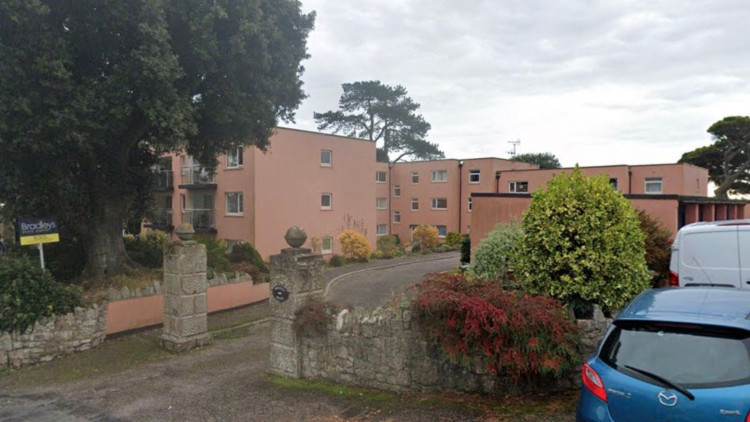Local historian: Historic houses of Dawlish part III
By Ray Bickel 14th May 2023
By Ray Bickel 14th May 2023

We continue with our journey around the more important houses of Dawlish.
Elm Grove House
In 1802, the Dean and Chapter of Exeter Cathedral began selling their lands in Dawlish.
John Moore Pidsley bought land at Secmaton, Gatehouse and Elm Grove in 1811 from them.
He was briefly in partnership with a George Cole as owners of a lime kiln next to the sea beyond Exeter Road.
Pidsley built Elm Grove House in a sheltered spot, however doesn't appear to have lived there long.
In the 1850s and 60s, it was occupied by servants and a gardener.
The Pidsleys meanwhile lived in Secmaton House and on Iddesleigh Terrace and Albert Street.
In the 1900s, horse racing took place in the fields behind St Agatha's Church while the lands in front of the house became a nursery garden for the Burch family and their fruit shop on the Strand - now Sticky Rice.
The deaths of Fred Earnest and Louise Clarence Pidsley saw the council buy the 90-acre estate for £12,900 in 1932.
The land was used for playing fields for a high school, now Dawlish College, and the start of housing.
The house itself was demolished in the 1960s with the land being used for the Wimpey Estate from 1967.
High House

Built c.1868, the house has had many names, originally Formosa, then Stanmore House in 1871.
The substantial dimensions of the rooms indicate its importance: drawing room 23' x 21' 6", anteroom 15' x 12', with 10 bedrooms.
The owner Mr Matthias Brown was charged four guineas in 1887 for keeping pigs too close to the house.
In 1937, the Staffordshire and Warwickshire Children's Home bought the property and changed the name to High House.
It was a lovely house and garden, according to former residents, with flowers and swings and an area for ball games.
Inside the house there was a summer house and snooker room.
Bought by builder Terence Stone, it was demolished and replaced by 20 flats with the name Prospect House.
----------
Ed: This article is part of local historian Ray Bickel's series on Dawlish history. Use the links below to read previous articles:
Part One: What were the origins of Dawlish?
Part Two: The origins of St Gregory's Church
Part Three: The history of Dawlish's churches
Part Four: The origins of the Lawn and Tuck's Plot
Part Five: Tuck's Plot, the Lawn and the swans at the turn of the century
Part Six: The origins of Brunel's railway
Part Seven: Blowing up cliffs and Brunel's Atmospheric Railway
Part Eight: The early days of the railway
Part Nine: The 2014 storm and plans for a Dawlish avoiding line
Part 10: Pubs of Dawlish, past and present
Part 11: Pubs of Dawlish, past and present part II
Part 12: Pubs of Dawlish, past and present part III
Part 13: Pubs of Dawlish, past and present part IV
Part 14: Pubs of Dawlish, past and present part V
Part 15: Historic houses of Dawlish
Part 16: Historic houses of Dawlish part II
CHECK OUT OUR Jobs Section HERE!
dawlish vacancies updated hourly!
Click here to see more: dawlish jobs
Share: